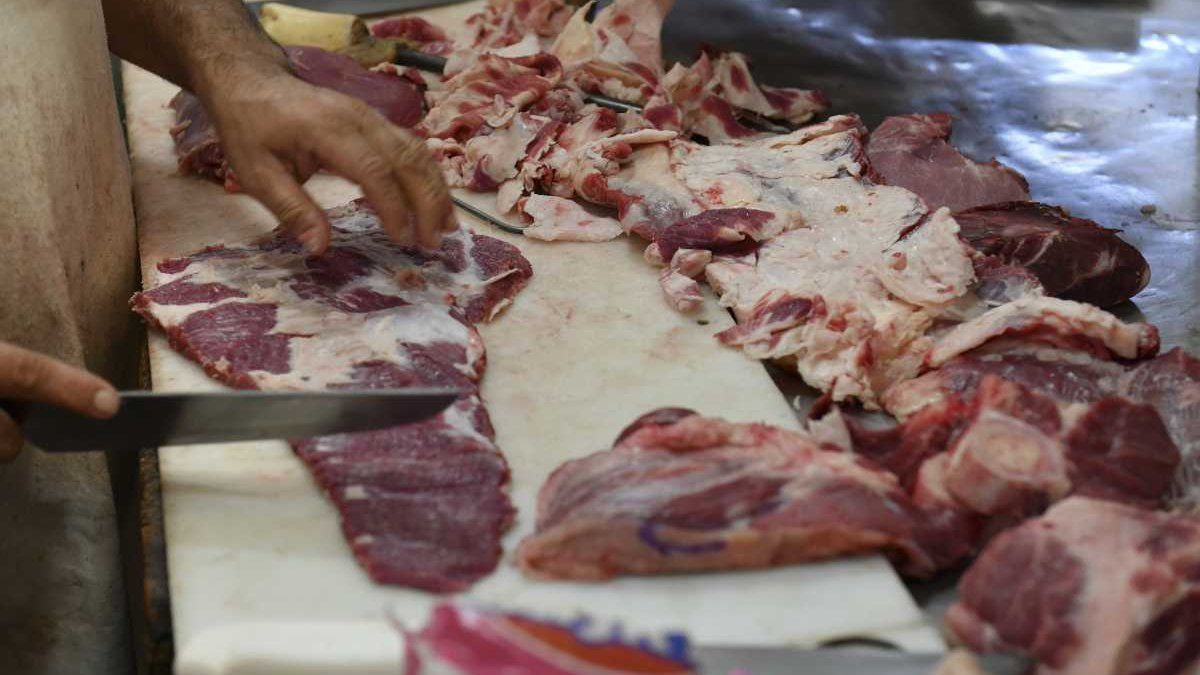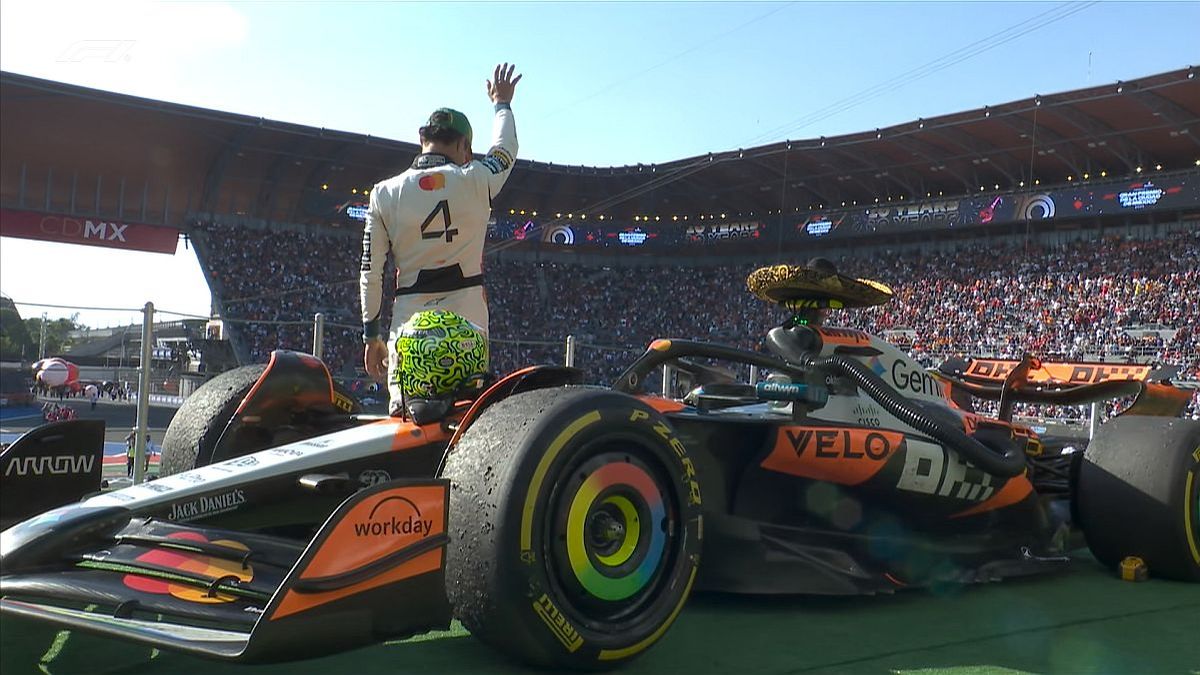Last October, the barbecue was the cut that increased in price the most, with 4.2% per month. It was followed by the rump, whose price increased 3.3% per month, and by the rump and shoulder (2.3% in each case). In the case of common minced meat, the increase was 1.2% per month. Meanwhile, regarding frozen hamburgers, the increase was 4.6%, resulting in much lower than the double-digit monthly adjustments observed between April and September of the current year. For its part, the price of whole chicken increased 4.9% in relation to September.
In the interannual comparison, the values of meat cuts also rose at a slower rate than the general level of the CPI, repeating what was observed in previous months. The price of roast rose 70.8% between October 2021 and October 2022, that of minced meat increased 69.0%; that of the palette, 70.6%; that of the rump, 72.2%; and that of the buttock, 70.1%.
Just last year the Government intervened in the beef export market so that there is no shortage of meat in the domestic market and roasting was one of the priorities of the measure. The truth is that the market ended up declining due to the drought that forced producers to send more animals to slaughter, which ended with a drop in live cow prices.
The truth is that in any case, if October 2019 is compared with October 2022, the retraction in consumption was no less than 7%. As explained in the sector, the drop in sales is due to a logical question of prices but also changes in consumption habits.
Argentines today consume about 45 kilos per inhabitant per year of chicken and about 20 kilos of pork, the accumulated then exceeds 100 kilos per inhabitant per year. That is, a figure similar to that of the countries with greater purchasing power. The reconfiguration in consumption is a reality, but it is also true that there is a portion of the population, the lowest social strata, that is consuming less and less animal protein.
This is one of the Government’s biggest concerns and that is where the agreements with refrigerators come into play so that they dump meat on the domestic market at popular prices. A new agreement for higher tonnage is expected for the year-end festivities that will seek to reach various points of sale, mainly supermarket chains.
Finally, another key point regarding the beef business is that demand from China is in sharp decline, which in turn is crushing the international values of the product. The great concern in the medium term for exporting meatpacking plants is that with depressed external demand and internal demand without recovery power, their profit margins will be increasingly tight.
Next year presents more than a challenge for the cattle and meat sector. In the first place, that consumption recovers to the ideal of 50 kilos per inhabitant and that prices accompany, then, a possible recovery of purchasing power. On the other hand, that external demand remains stable, in a context of falling profitability and rising costs.
Source: Ambito
David William is a talented author who has made a name for himself in the world of writing. He is a professional author who writes on a wide range of topics, from general interest to opinion news. David is currently working as a writer at 24 hours worlds where he brings his unique perspective and in-depth research to his articles, making them both informative and engaging.




